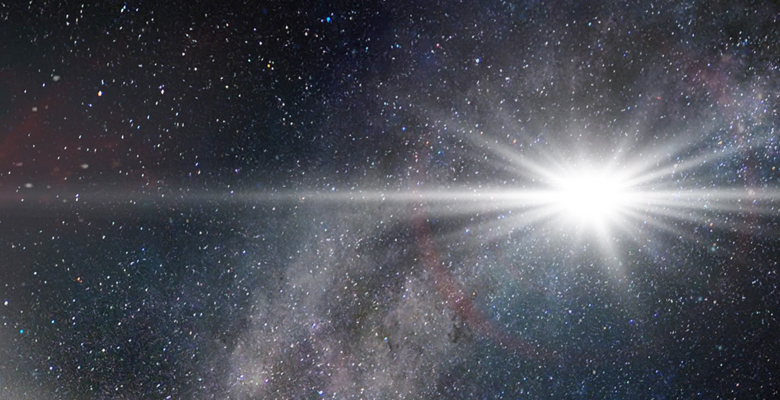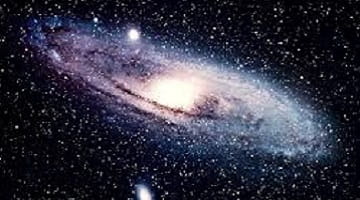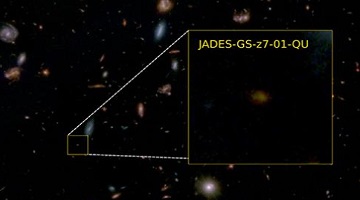Record-breaking supernova discovered

Astronomers scanning the sky to make new discoveries in the universe have witnessed a record-breaking cosmic explosion about 200 times more powerful than a typical supernova - and more than twice as luminous as the previous record-holding supernova.
At its peak intensity, the explosion - named ASASSN-15lh - shone with 570 billion times the brightness of the Sun. This luminosity level is approximately 20 times the entire output of the 100 billion stars comprising our Milky Way galaxy.
The record-breaking blast is thought to be an outstanding example of a ‘superluminous supernova,’ a recently discovered, supremely rare variety of explosion unleashed by certain stars when they die. Scientists are frankly at a loss, though, regarding what sorts of stars and stellar scenarios might be responsible for these extreme supernovae.
A new study, led by Subo Dong, an astronomer at the Kavli Institute for Astronomy & Astrophysics (KIAA) at Peking University, is appearing today in Science. It describes ASASSN-15lh as being amongst the closest superluminous supernovae ever beheld, at around 3.8 billion light years away. Given its uncanny brightness and closeness, ASASSN-15lh might offer key clues in unlocking the secrets of this baffling class of celestial detonations.
The discovery was made by the All Sky Automated Survey for SuperNovae project - or ASAS-SN - of which David Bersier, Reader in Astrophysics at LJMU’s Astrophysics Research Institute, is a member. With headquarters at Ohio State University (USA), ASAS-SN uses eight small telescopes located in Hawaii and Chile to scan the entire sky every other night, searching for new objects.
As soon as the sighting of ASASSN-15lh was made, Dong and colleagues contacted far larger ground-based telescopes across the globe, including NASA's Swift satellite, in order for as much data as possible to be gathered. The intense observing campaign continues to this day. In only the first four months after the star exploded, so much energy beamed out of ASASSN-15lh that it would take our Sun in its current state more than 90 billion years to equal its emissions. By examining this bright, slowly fading afterglow, astronomers have gleaned a few basic clues about the origin of ASASSN-15lh.
One of the best hypotheses is that superluminous supernovae's stupendous energy comes from highly magnetized, rapidly spinning neutron stars called magnetars, which are the leftover, hyper-compressed cores of massive, exploded stars. But ASASSN-15lh is so potent that this compelling magnetar scenario falls short of the required energies. Instead, ASASSN-15lh-esque supernovae might be triggered by the demise of incredibly massive stars that go beyond the top tier of masses most astronomers would speculate are even attainable.
David Bersier commented: “We were initially puzzled by ASASSN-15lh but with more data, we realised it was part of a class called 'super-luminous' supernovae, as it shares a number of features with other objects of this class. To put things in context, at its present rate it would take our Sun 90 billion years to emit as much energy as ASASSN-15lh emitted in only four months.
“Astronomers are struggling to explain how something can be so bright. The current thinking is that at the heart of the beast lies a fast-spinning neutron star with a very strong magnetic field (think of a giant magnet the size of a city but with the mass of the Sun). However, ASASSN-15lh challenges that model, and following this extraordinary discovery, we may now have to think of a new one.”
The All Sky Automated Survey for SuperNovae (ASAS-SN) an international collaboration headquartered at The Ohio State University. More information is available on the website.
The full paper can be read on the Science website.
Images courtesy of Beijing Planetarium/Jin Ma.
Watch Professor Maurizio Salaris interview Dr David Bersier about the discovery


